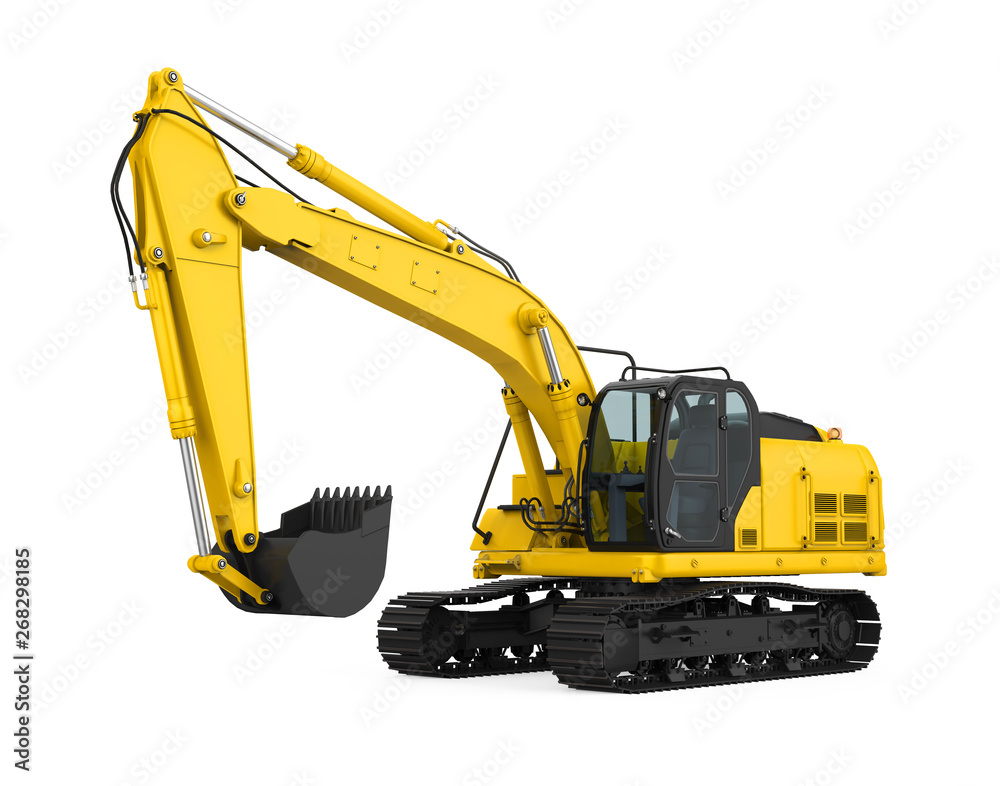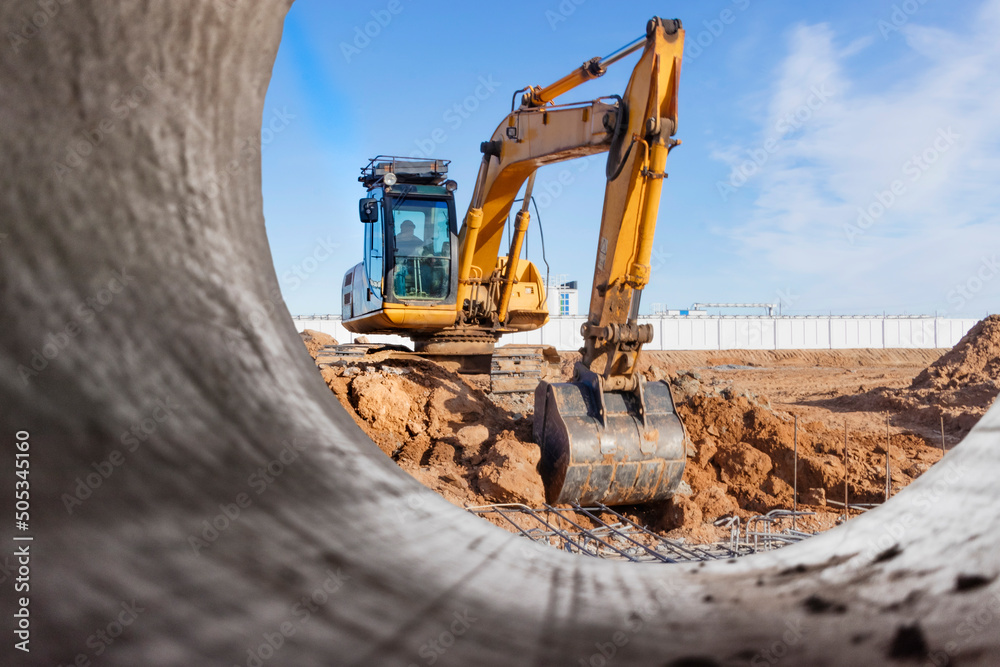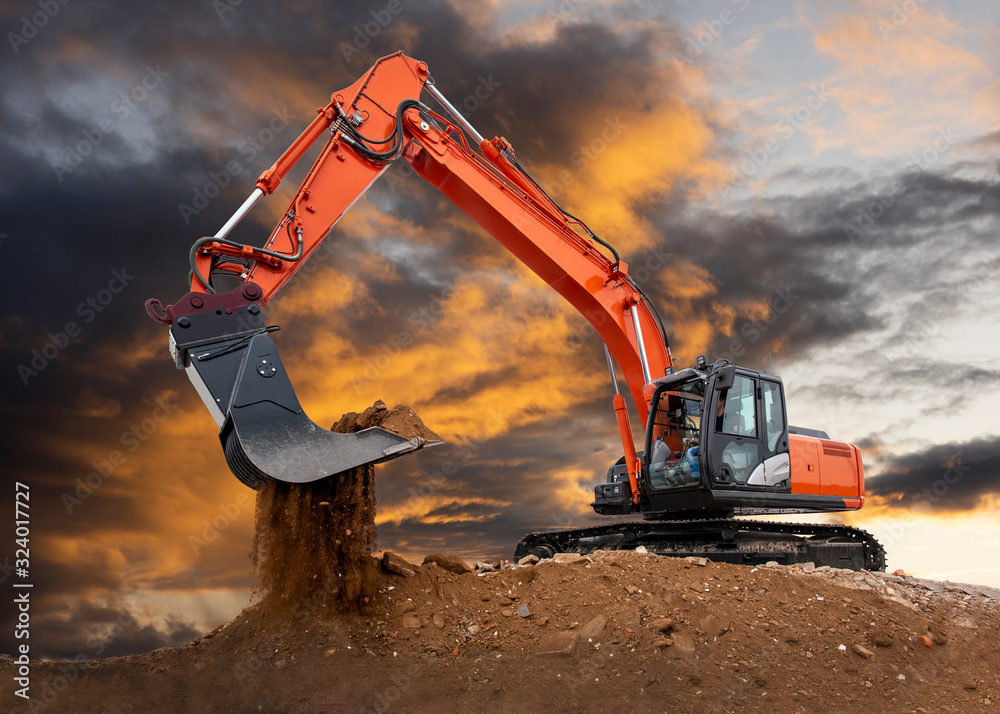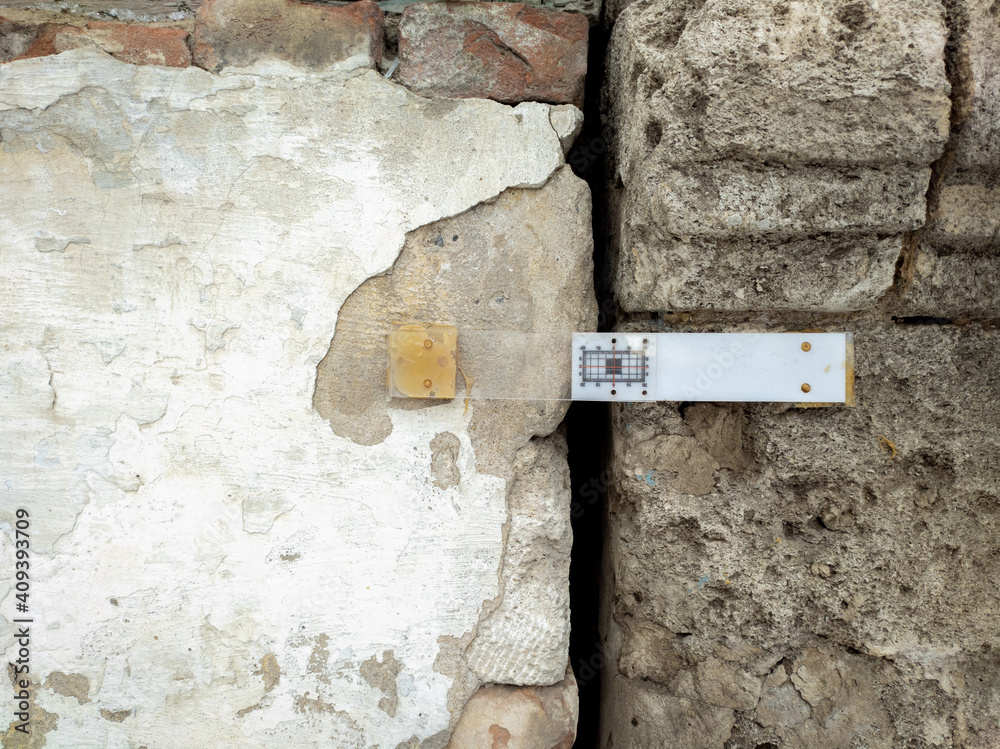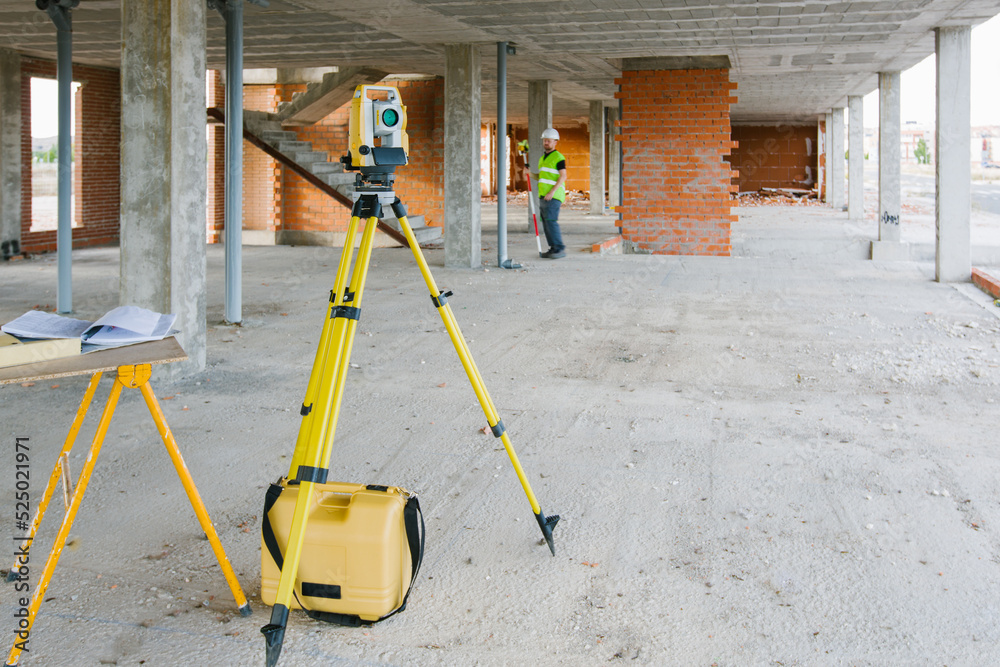In construction, a strip foundation is a type of foundation that provides support for a structure along a line or series of points.
Strip foundations are one of the most common types of shallow foundations. A strip foundation may be used for various purposes, such as supporting a wall or fence, or providing support for a building or other structure.
Strip foundations typically consist of two or three strips, as opposed to walls, which are typically thicker. The thickness depends on the size of your home and how much load it needs to bear.
There are many different types of strip foundations, and the type used will depend on the purpose for which it is being used, the soil conditions, and other factors. Strip foundations can be made from a variety of materials, including concrete, brick, stone, or timber.
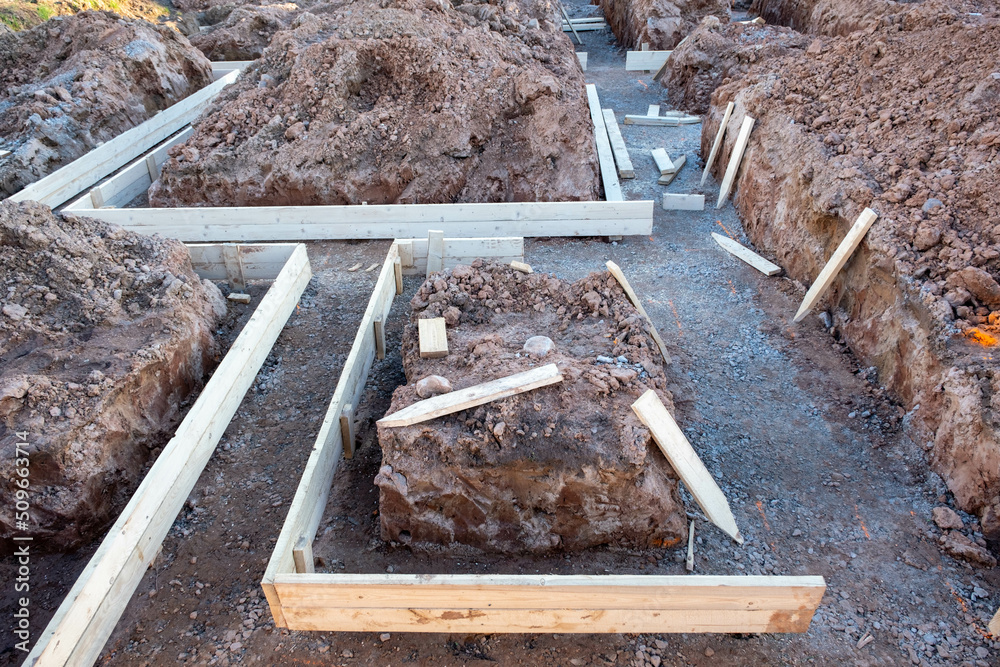
What is a strip foundation?
A strip foundation is a type of foundation that is typically used in the construction of buildings. It is a shallow foundation that consists of a strip of concrete that is typically about 6 inches wide and 8 inches deep. The strip foundation is placed along the perimeter of the building, and its purpose is to distribute the weight of the building evenly across the ground.
A strip foundation is a type of foundation that is typically used in the construction of buildings. It is a shallow foundation that consists of a strip of concrete that is typically about 6 inches wide and 8 inches deep. The strip foundation is placed along the perimeter of the building, and its purpose is to distribute the weight of the building evenly across the ground.
Strip foundations are one of the most common types of shallow foundations.
They’re used to support walls.
How is strip foundation constructed?
Strip foundation construction involves excavating a trench.
In strip foundations, concrete is usually poured in rectangular strips.
This type of foundation is also called a beam and slab.
In a strip foundation, concrete is usually poured in rectangular strips which are placed under the outer walls. This type of foundation is also called a beam and slab. In this case, the beams get their strength from the concrete rather than steel reinforcing bars (rebar). If you have ever noticed that your sidewalk feels uneven or wavy, it’s probably because it sits atop a strip foundation underneath it!
Strip foundations are used in both residential and commercial buildings but they are typically found beneath only one floor of an apartment building or perhaps two floors of a single family home. After all, pouring concrete requires lots of labor and materials so there’s no sense wasting them on something that doesn’t need them!
Advantages and disadvantages of strip foundation
There are both advantages and disadvantages to strip foundation in construction of a building. On the plus side, strip foundation is less expensive than other types of foundation, such as a deep foundation. Strip foundation is also quicker and easier to install, which can save on construction time and costs. Additionally, strip foundation can be used on sites with poor soil conditions.
On the downside, strip foundation is not as strong as other types of foundation, and so it is not suitable for all buildings. Additionally, because strip foundation only goes down a few feet, it can be susceptible to damage from flooding or other water issues.
When is strip foundation used?
Strip foundation is a type of building foundation that is typically used for houses or other structures with a crawl space. The crawl space is the space between the ground and the first floor of the house. Strip foundation is typically used when the soil is not too soft and has good drainage.
Strip foundation is a type of building foundation that is typically used for houses or other structures with a crawl space.
The crawl space is the space between the ground and the first floor of the house. Strip foundation is typically used when the soil is not too soft and has good drainage.
Soil condition will also make a difference in deciding the type of foundation.
Strip foundations are one of the most common types of shallow foundations. They’re used to support walls, and they’re often used in conjunction with piers or columns to support the weight of a house’s roof.
Strip foundations typically consist of two or three strips as opposed to walls which are typically thicker. The thickness depends on the size of your home and how much load it needs to bear.
Strip foundations are one option for house foundations, but there are others.
Strip foundations are a type of foundation that is used for shallow foundations and in areas where the earth is too soft for a conventional foundation.
Strip foundations can be used as an alternative to other types of house foundations, but they are not always the best choice.
Conclusion
A strip foundation is a type of shallow foundation that is usually used in the construction of buildings. It is typically composed of a concrete slab with reinforcement, which is then placed on top of the soil. The main advantage of using a strip foundation is that it can be adapted to different types of soil and terrain.
Another benefit is that strip foundations are easier on topsoil than other methods—because they don’t require digging straight down into soft soil until they reach hard bedrock beneath it, there’s less chance of disturbing nearby trees or plants during construction!
The main advantage of strip foundations is that they require less excavation work than other types of house foundations. This means that you will save money on labor costs and materials, because there will be less dirt to move before construction can begin. This makes them ideal for quick construction projects where you don’t want to pay extra time or money just so that your contractor can dig out more soil and/or add more concrete below ground level (which would make it easier to install support beams).
If you are looking for a setting out engineer to set out your strip foundation you can reach out to us here info@icelabz.co.uk
